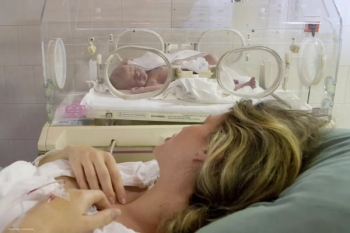
Preventing post-cataract endophthalmitis
Intracameral antibiotic therapy helps prevent endophthalmitis after cataract surgery, while topical antibiotic therapy does not, according to a literature review conducted by researchers from Denmark and published online in Acta Ophthalmologica.
Intracameral antibiotic therapy helps prevent endophthalmitis after cataract surgery, while topical antibiotic therapy does not, according to a literature review conducted by researchers from Denmark and published online in
The researchers conducted a systematic literature review of four databases: MEDLINE, CINAHL, Cochrane Library, and EMBASE, to find studies relating to the prophylactic effect of intracameral antibiotics on the rate of endophthalmitis after cataract surgery. They found 17 observational studies and one randomized trial. For the effect of topical antibiotics on endophthalmitis rates, they found one observational study and one randomized trial.
When intracameral antibiotics were used, endophthalmitis occurred on average in 1 of 2,855 surgeries. Endophthalmitis occurred in 1 of 485 surgeries when intracameral antibiotics were not used. Using intracameral antibiotics reduced the relative risk of endophthalmitis to 0.12 (0.08; 0.18, p <0.00001).
The researchers reported that the use of intracameral antibiotic administration of cefazolin, cefuroxime, and moxifloxacin produced high-to-moderate quality evidence for a marked reduction in the risk of endophthalmitis. No such effect was found with topical antibiotics or intracameral vancomycin.
“In conclusion, we found strong and consistent evidence that intracameral cefuroxime administered at the conclusion of cataract surgery significantly lowers the risk of endophthalmitis,” the researchers wrote. “We could not find any evidence that topical antibiotic treatment after cataract surgery lowers the risk of endophthalmitis. As there is no documented effect of topical antibiotic treatment and its use may be associated with concern for selection of resistant bacterial strains, we cannot recommend using it.”
Newsletter
Get the essential updates shaping the future of pharma manufacturing and compliance—subscribe today to Pharmaceutical Technology and never miss a breakthrough.













































